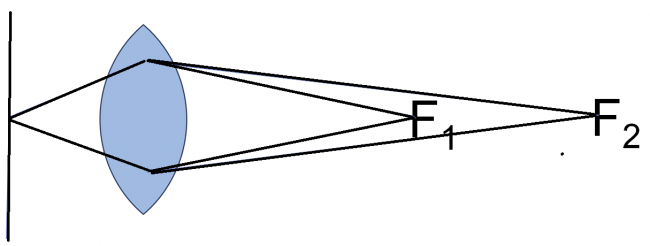
IOL
Conventional treatment of the cataract is the surgical replacement of the lens of impaired transparency by an artificial intraocular lens. This can provide considerable recuperation of the vision patients. Since the eye cannot focus the artificial intraocular lenses (IOLs), the latest IOLs have multiple focus, which enables patents to cover both short range and long range sharp vision. In this project we investigate through simultaions how, and what extent can the neural system adapt to the changed imaging properties of the implanted artificial lens, especially to the multi-focal ones. The main questions are, what those aberrations and other imaging limitations are that can be adapted to, and how these effect the final recoverable visual acuity. These information can help to optimize the parameters of the implantable lens and help the development of new, neuroadaptation point of view optimal artificial intraocular lens.
Medicontur, SOTE, BME, SZTAKI
A dynamic HVS (Human Visual System) simulator was developed, which can calculate the spatial-temporal response of different retina channels. The simulator re-samples the input video following the spatial cone distributions of the retina. The simulator was implemented on GPU to speed up the calculations.
To be able to calculate multi-focus video input, we have also developed a special camera system, which can collect registered input videos using multiple cameras with the same optics but different focus settings. This system can acquire similar video, what stimulates the retina of a patent having multi-focus intra-occular lens (IOL). Using this hardware unit, the simulator is capable to simulate the retina response of a person having the most modern multi-focal IOL.